Description
Allen‑Bradley 1756‑L63_B – ControlLogix Logix5563 CPU (Series B) with 8 MB User Memory
The Allen‑Bradley 1756‑L63_B is a Logix5563 controller for ControlLogix systems, Series B hardware. From my experience, it’s the “do‑most‑things” CPU when you need more headroom than an L61—bigger programs, heavier data handling, and plenty of network connections—without changing your cabinet layout. You might notice the front RS‑232 port and CompactFlash slot; those two details make brownfield maintenance easier, especially when you want a quick backup or a simple DF1 service link.

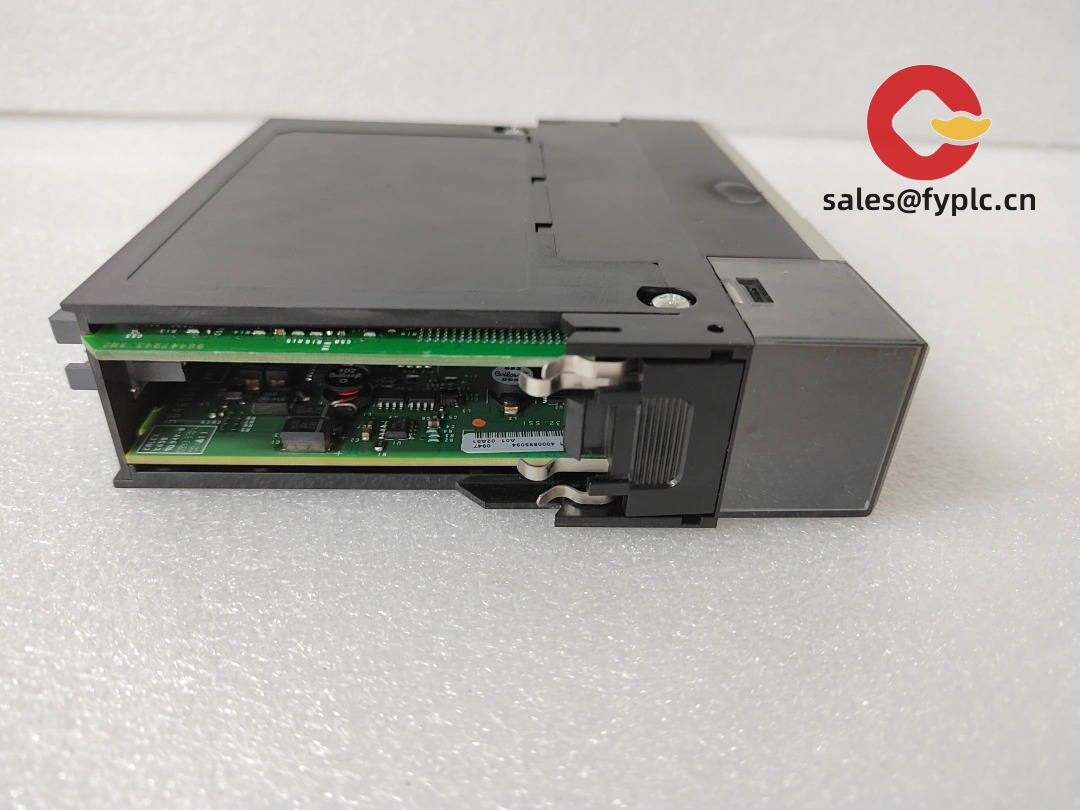
Company’s Order Placement Process and Guarantees
- The warranty period is 365 days
- Delivery time: 1 week for in-stock; no more than one month at the latest
- Payment method: 50% advance payment, full payment for delivery
- Express delivery methods: FedEx, UPS, DHL
- Pre‑shipment checks: visual/label verification and basic functional check; ESD‑safe, shock‑resistant packing
Key Features
- 8 MB user memory – Comfortable space for larger projects, recipe data, and diagnostics without squeezing scan times.
- Front RS‑232 (DF1/ASCII) – Handy for commissioning tools or legacy serial links that still matter on the plant floor.
- CompactFlash slot – Removable non‑volatile storage for program backups and fast field recovery.
- Flexible networking – Add EtherNet/IP, ControlNet, or other comms via 1756 modules; the CPU stays lean and fast.
- Redundancy‑capable architecture – Supported in many deployments (firmware and platform design dependent).
- 24/7 duty pedigree – Series B mechanics and clear status indication; in many cases runs for years with minimal intervention.
Technical Specifications
| Brand / Model | Allen‑Bradley 1756‑L63_B (Logix5563, Series B) |
| User Memory | 8 MB (controller program and data) |
| Non‑volatile Storage | CompactFlash (1784‑CF series) slot on front panel |
| Front Ports | 1 × RS‑232 (DB9) DF1/ASCII; networks via separate 1756 comm modules |
| HS Code (reference) | 8537.10 – Programmable controllers (final classification may vary by country) |
| Power Requirements | Supplied via 1756 backplane (no external power at CPU) |
| Operating Temperature | Typically 0…+60 °C (enclosure‑installed; non‑condensing) |
| Dimensions & Weight (approx.) | ~145 × 35 × 140 mm; ~0.35–0.55 kg (single‑slot 1756 form factor) |
| Installation Method | Insert into 1756 chassis; install/verify battery; optional CompactFlash for backup/autoload |
Application Fields
Where the 1756‑L63_B tends to earn its keep day‑to‑day:
- Packaging and material handling lines needing larger logic sets and steady scan performance.
- Utilities and water—distributed racks tied over EtherNet/IP or ControlNet with plenty of diagnostics.
- Process skids—projects with more PIDs, data logging, and recipe handling than an L61 comfortably carries.
- Brownfield upgrades—drop‑in CPU change while keeping existing chassis, power, and I/O layout.
A controls engineer told me recently, “We swapped to an L63, loaded the project from CF, and the extra memory gave us room for historical tags—no scan jitter.” That’s been typical when firmware and module revisions are aligned beforehand.
Advantages & Value
- Reliability – Stable 24/7 operation with clear status and predictable scan behavior.
- Compatibility – Broad ecosystem support across 1756 I/O and communication modules.
- Serviceability – CompactFlash backups, RS‑232 access, and familiar Studio 5000 workflows shorten downtime.
- Cost savings – Extends installed bases without cabinet redesign or major revalidation.
- Support – We can help verify firmware targets, redundancy needs, and memory headroom before your outage.
Installation & Maintenance
- Panel practices: Mount the 1756 chassis in a ventilated enclosure; bond to ground; keep ambient typically 0…60 °C.
- Project handling: Match controller firmware to the project; keep a recent ACD and a CF backup available.
- Battery & RTC: Check battery condition (memory/clock) and replace per maintenance plan.
- Networking: Add ENxT/CN2x modules as required; document slot addressing to speed troubleshooting.
- Routine care: Periodic dust cleaning, connector re‑seat checks, and a quick review of controller diagnostics during PMs.
Quality & Certifications
- Manufactured under Rockwell Automation quality systems (ISO 9001 aligned).
- CE/UL/cUL markings apply at the module/system level per Rockwell documentation.
- RoHS status depends on series/lot; we can confirm by part/serial if needed.
- Warranty: 365 days repair/replace coverage from delivery.

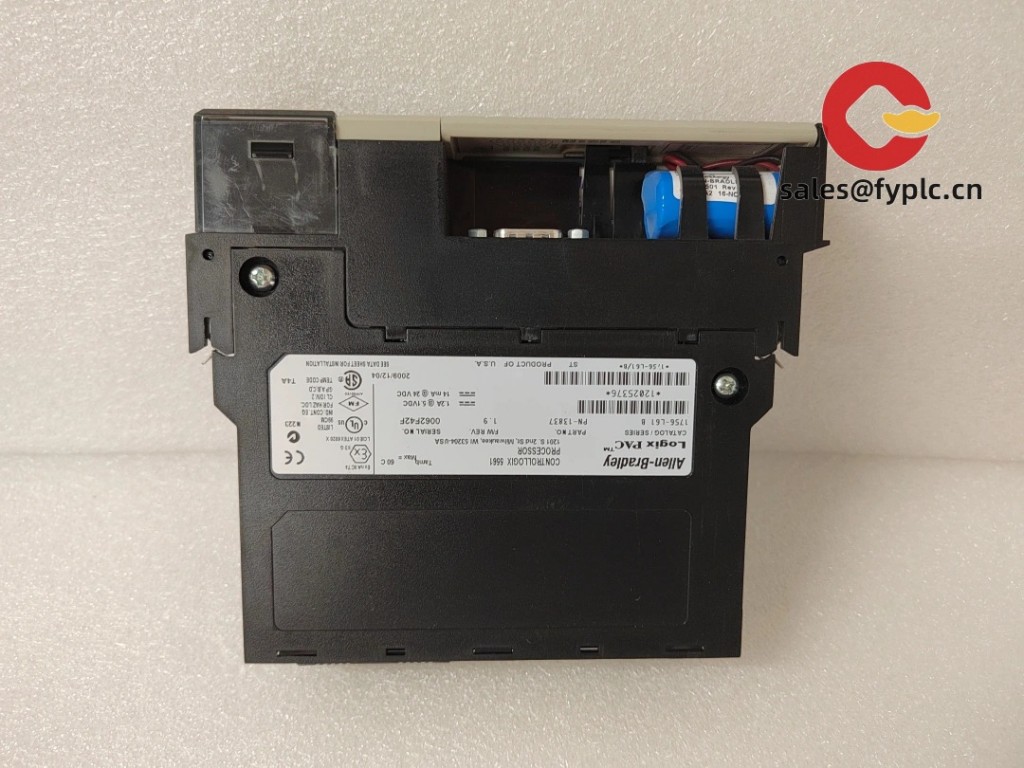

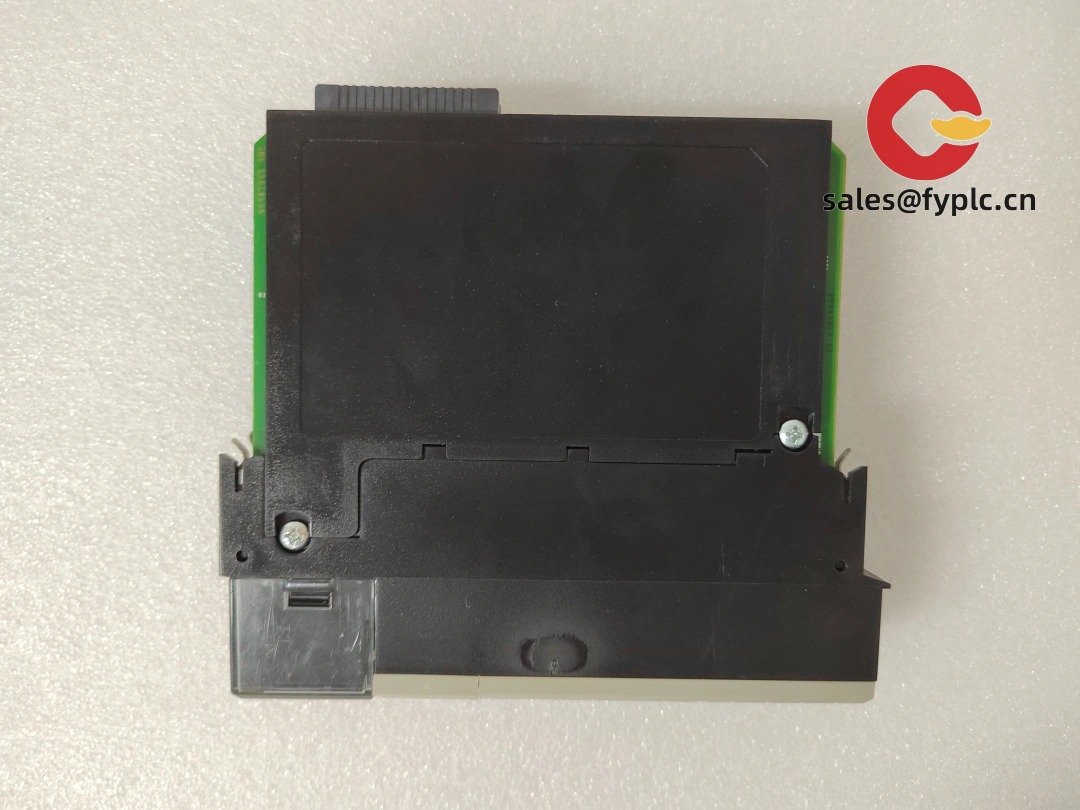
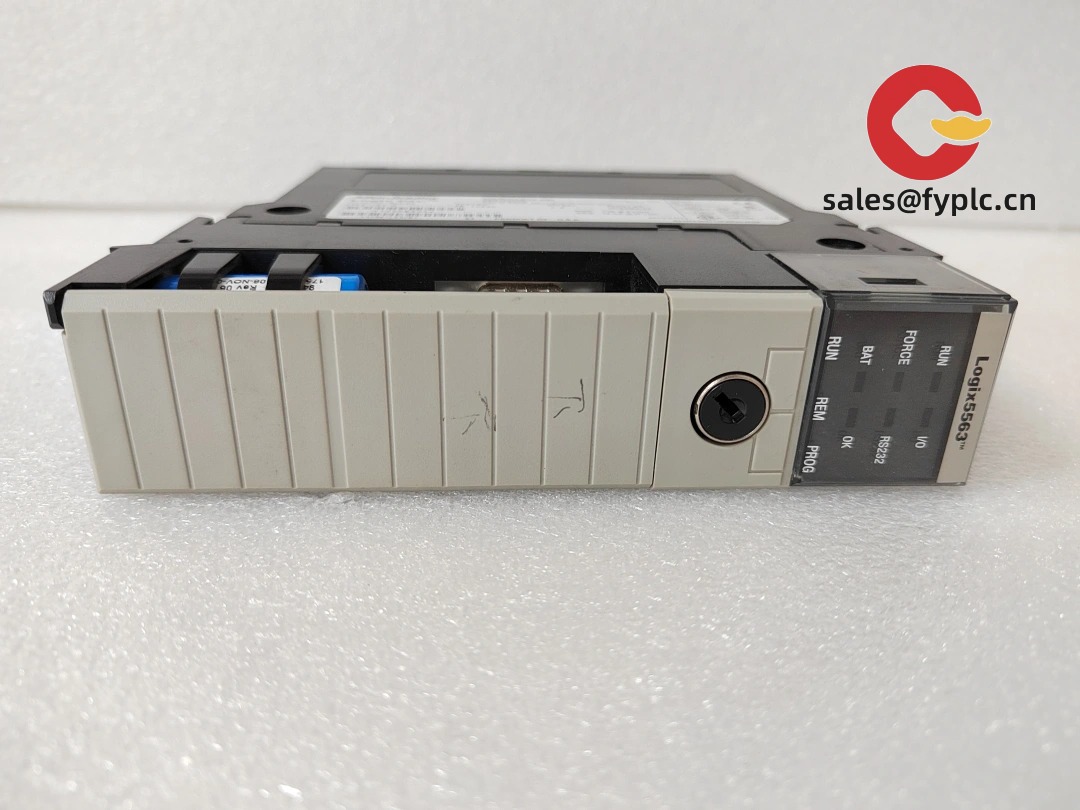



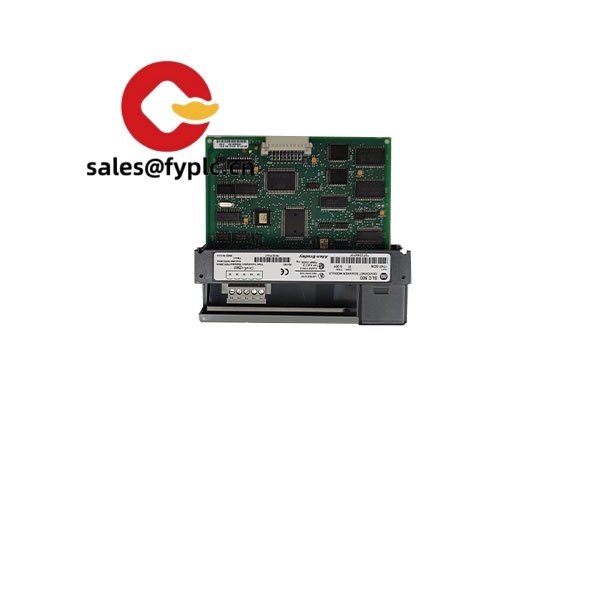
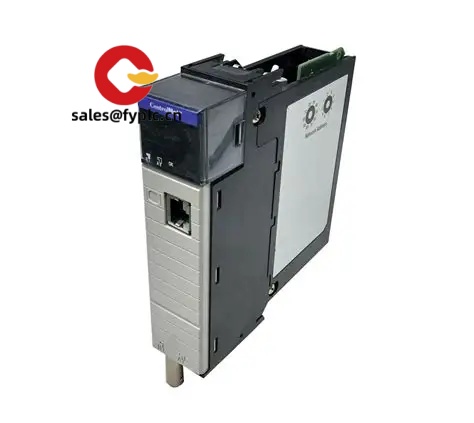
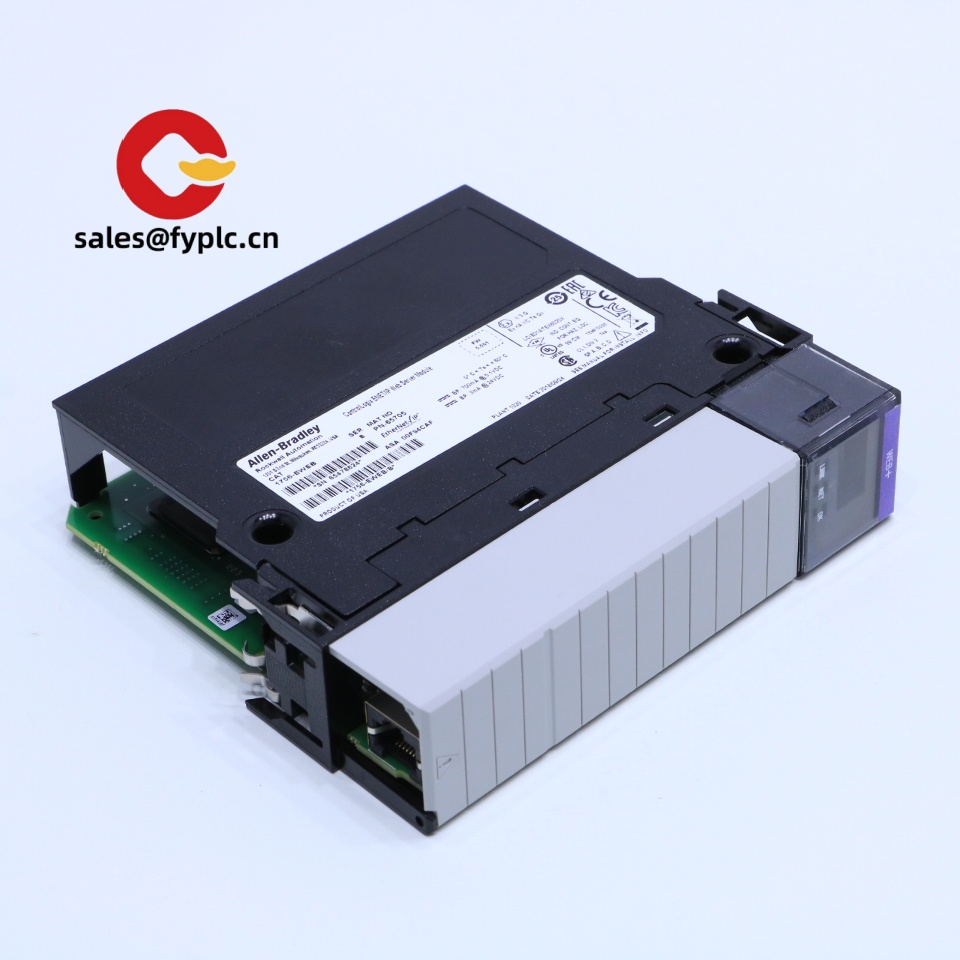
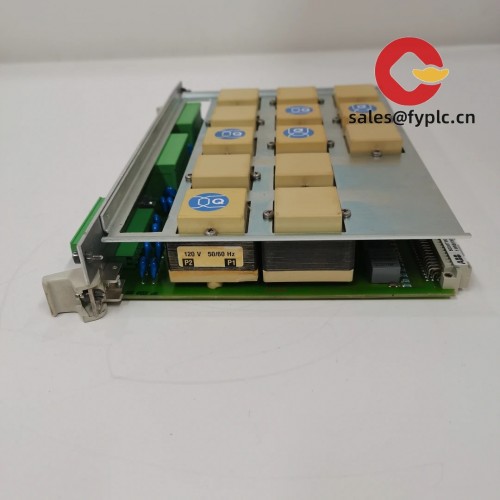
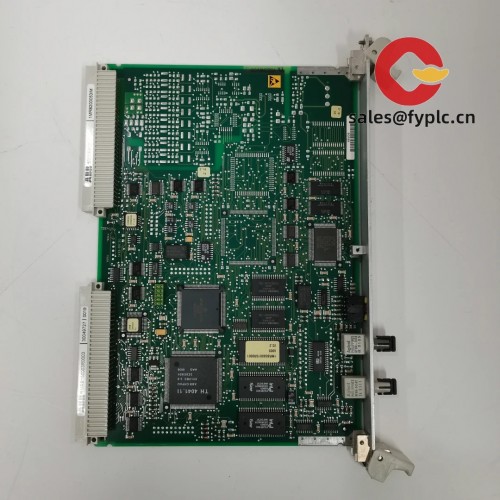
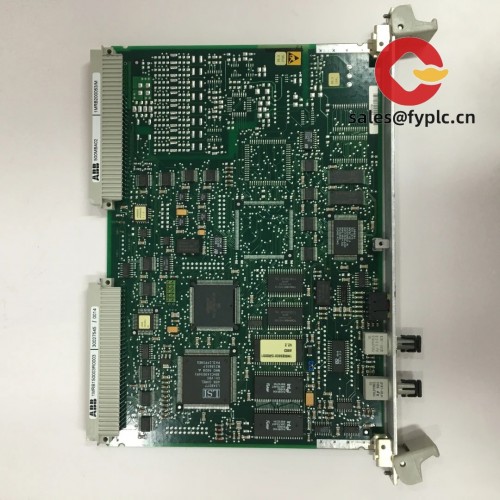
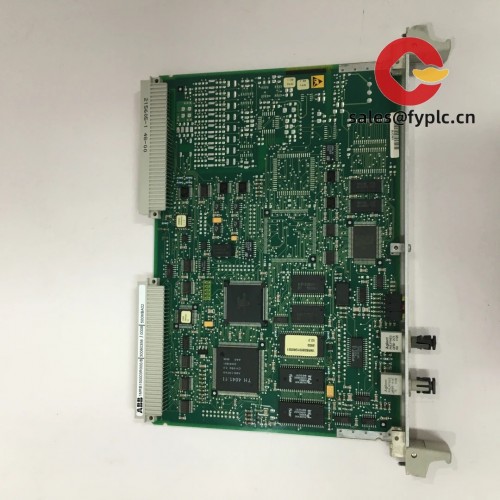
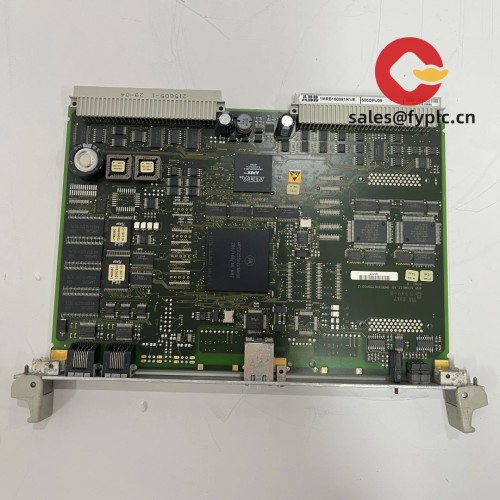


Reviews
There are no reviews yet.